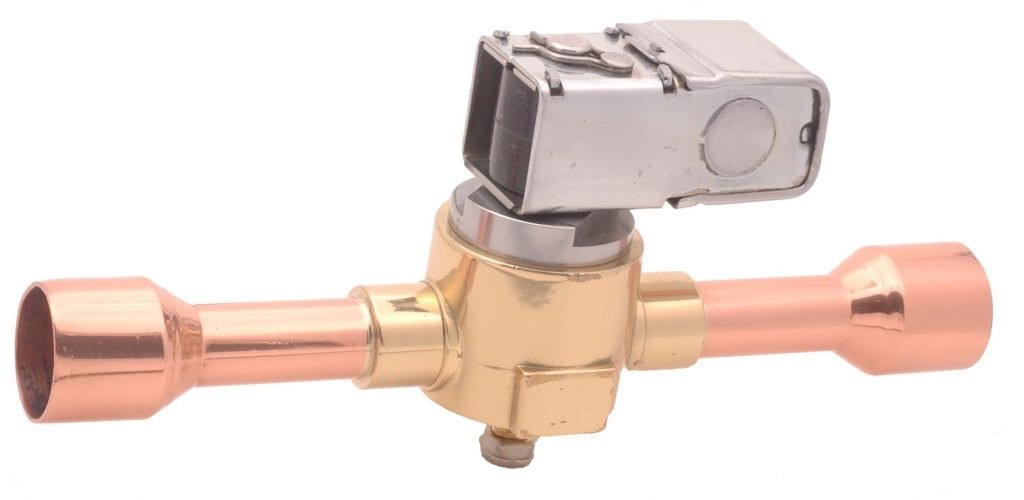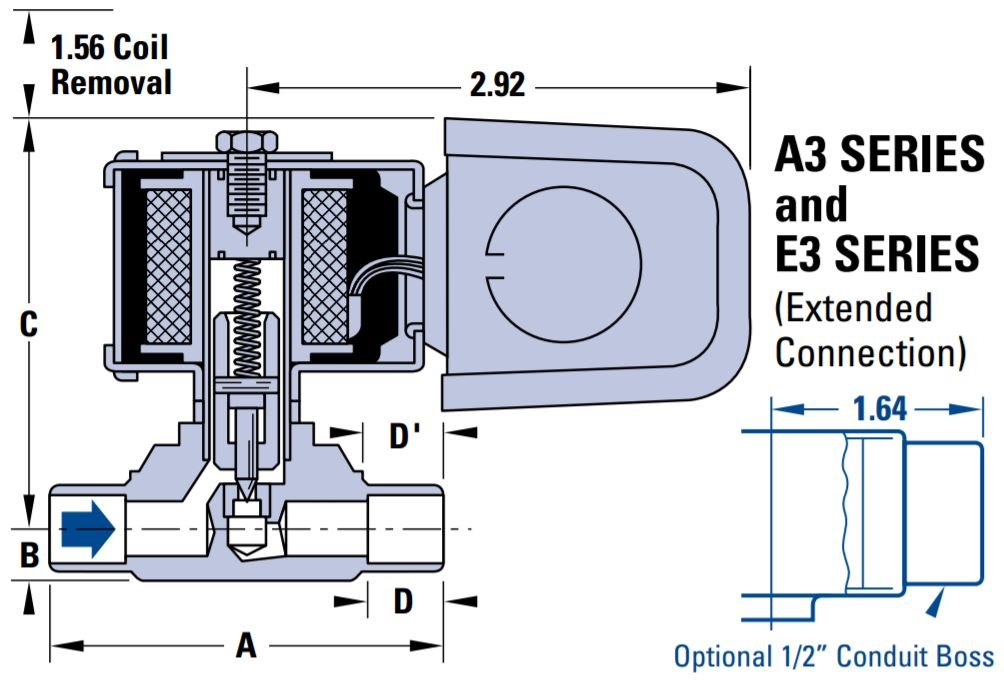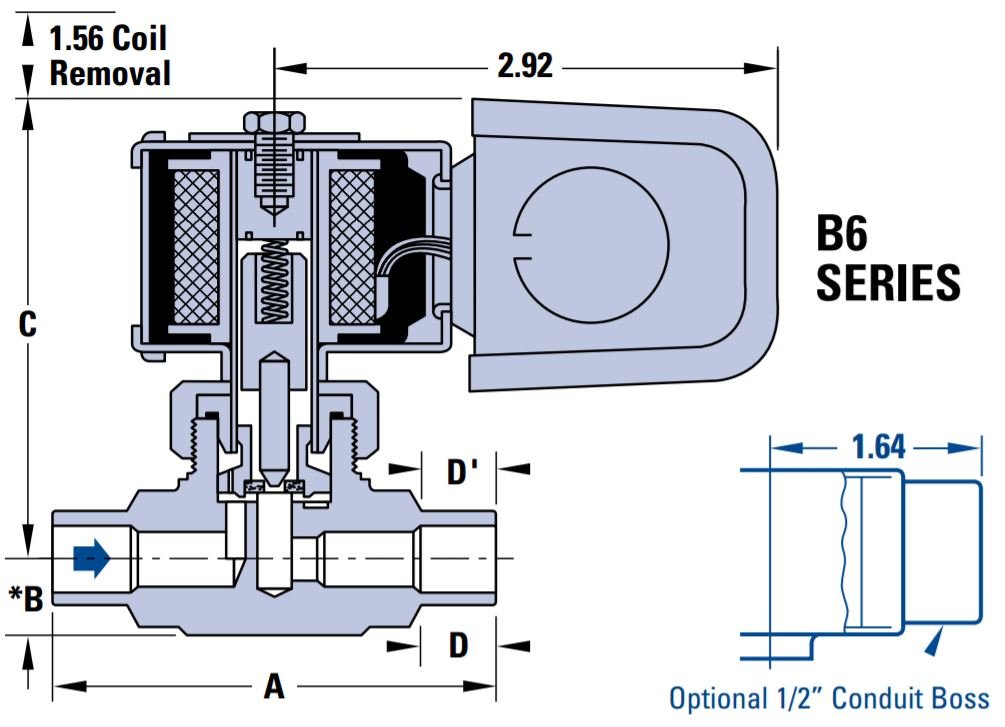Get Tech Tips
Subscribe to free tech tips.
Solenoid Facts

Do you know how a solenoid valve works?
Really?
On the surface, I think we all understand how a solenoid valve works. The coil energizes, creating an electromagnet. That temporary magnetism lifts an iron plunger within the valve allowing refrigerant to flow.
But is it really that simple?
It turns out that the answer isn't as straightforward as you'd expect.
The simplest type of solenoid valve is the direct-acting solenoid valve. These valves precisely match the description above. The iron plunger directly controls the flow of refrigerant through the valve. Every single solenoid valve you see incorporates a direct-acting valve, but there is more than what meets the eye.

Courtesy of Sporlan
Direct-acting solenoid valves have an inherent limitation. If the force created by the fluid flowing through the valve that is acting on the iron plunger is enough to lift that plunger, then it isn't going to close regardless of what the electromagnetic coil tries to tell it to do. That means that direct-acting solenoid valves are limited in size, and that size is pretty small.
So, how can we control the fluid flow in larger lines with solenoid valves?
We start to use the pressure within the system actually to force the valve closed.
Say what???
These are called pilot-operated or pilot-actuated valves. The direct-acting solenoid doesn't try to control the entire flow; it only acts to control a small portion of the fluid, which acts on a diaphragm or other device to open and close the valve.

Courtesy of Sporlan
Let's see if we can start to understand how these valves work in practice.
First, a few basics:
- Solenoids, like most valves, are directional. If you install it backward, it isn't going to work correctly. This is why.
- Solenoids must be sized properly. You can't just go buy a ½” solenoid valve and expect it to work because your line is ½”. This ensures a small pressure drop across the valve, which is what actually makes the valve work.
Ok, so the refrigerant flows through an energized solenoid. Now, the coil de-energizes, causing the iron plunger to drop and seal a tiny port. This stops a small amount of flow from inlet to outlet, preventing that small flow from leaving the valve body. That small port being blocked causes pressure to build on top of the diaphragm or valve seat disc, forcing it down to seal the valve. The small iron plunger and spring don't have the force required to force the valve closed, but by utilizing system pressure, we have a much larger amount of force available.
In truth, the large majority of solenoid valves a technician sees are pilot-operated valves.
—Jeremy Smith CM











Comments
To leave a comment, you need to log in.
Log In